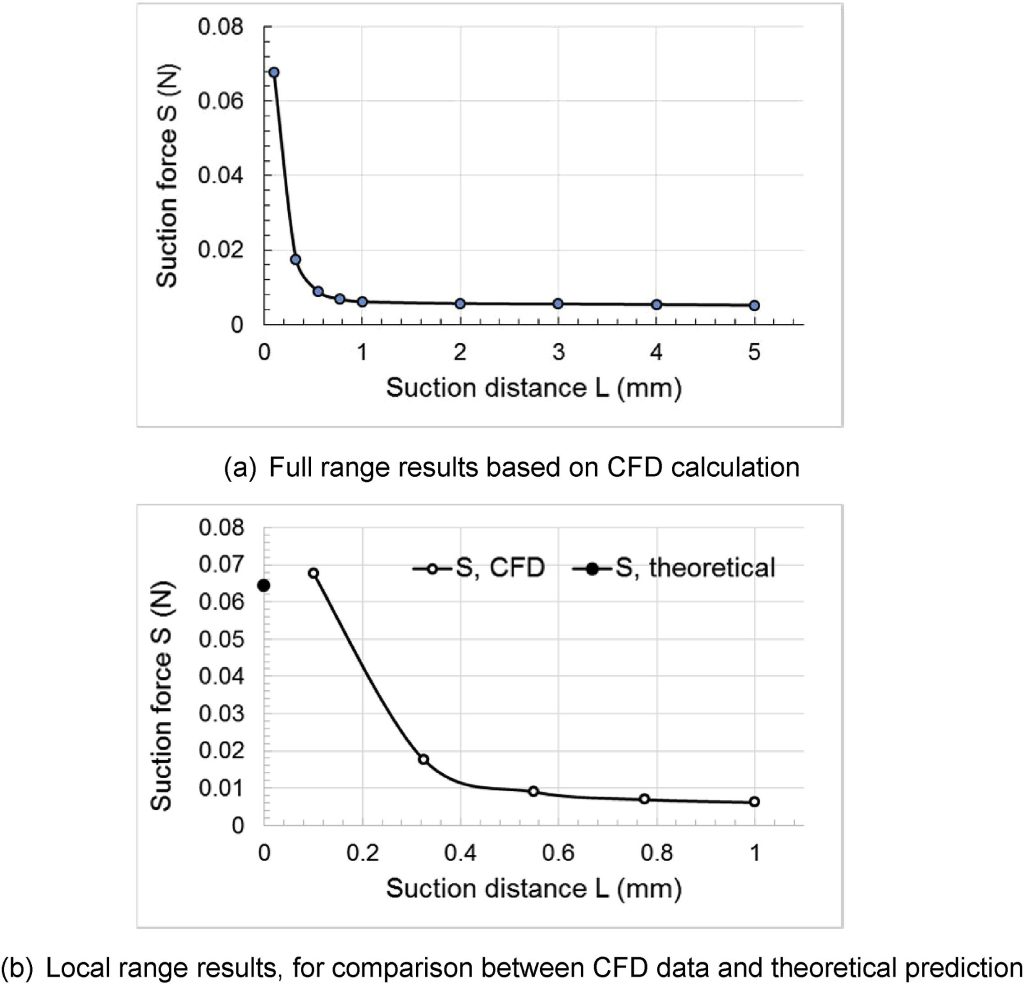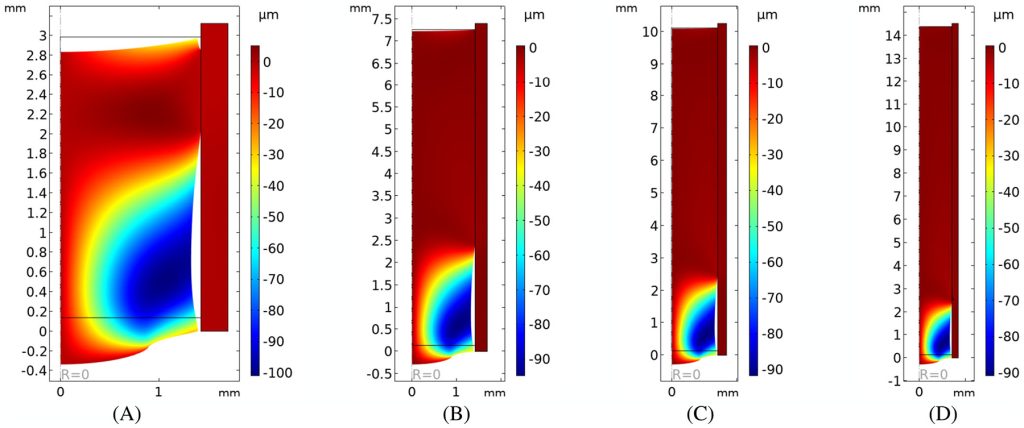Blocked blood vessels
Strokes are the 2nd leading cause of death worldwide. An estimated 795,000 people suffer a stroke every year in the United States. A stroke occurs when a blockage in a blood vessel leads to disruption or blockage of blood flow to the brain. Also, an estimated 350,000 people every year in the US suffer a deep vein thrombosis, which is when a blood clot forms in the deep veins often in the lower extremities. Venous clots can travel up the legs into the lungs or other vital organs, where they can become extremely dangerous or even fatal. When a blood vessel in a vital organ becomes occluded, blood flow must be restored as quickly as possible to return the patient to health.
There are two main procedural methods for removing blood clots from blocked arteries and veins: using tooling to extract the clot mechanically or using pressurized instruments to suck the clot mass out. Suction thrombectomies, also known as aspiration thrombectomies, are becoming more common because they have higher success rates of patient recovery.
How aspiration thrombectomy works
Aspiration thrombectomy works by inserting a tube attached to a pressurized vacuum system into the vein or artery to suck clots or blockages out of the vein and restore blood flow. Pressure systems generate a negative pressure region behind the suction catheter to draw clotted blood out of the body.

The distance away from the end of the clot that the instrument is positioned makes a large difference in the amount of suction force generated. Shi, et. al. found that the highest suction force is generated when the catheter is very close to the clot and decreases with distance between the tip and the clot. The size of the suction catheter also influences how effective the instrument is: the bigger the diameter of the catheter, the greater the suction pressure that can be applied to the clot, and the easier it is to remove blockages and restore blood flow.
Possible complications
Additionally, the size of the clot plays a role in how effective a removal procedure is. For large clots, it is difficult to generate suction force that is strong enough to suck the entire clot off the vessel wall. Since clots tend to exhibit viscoelastic behavior, for very long clots, using suction pressure has the potential to stretch and tear the clot from one end before it can fully separate from the vessel wall. This can lead to only part of the clot getting sucked away, which is dangerous because the chunks that remain can then break free and travel to vital organs, where they can cause more fatal damage.

To guard against this, new tools are being designed, such as the multi-modal sequestered thrombectomy catheter, which has an apparatus to surround the blockage and prevent pieces from escaping before all of it has been drawn out.
Suction thrombectomy is a life-saving procedure that uses a vacuum pressure system to remove blood clots from occluded vessels to restore blood flow to the brain, lungs, legs, and other tissues. The technology is rapidly evolving to more effectively harness the power of vacuum suction to heal patients more quickly.
Additional reading:
